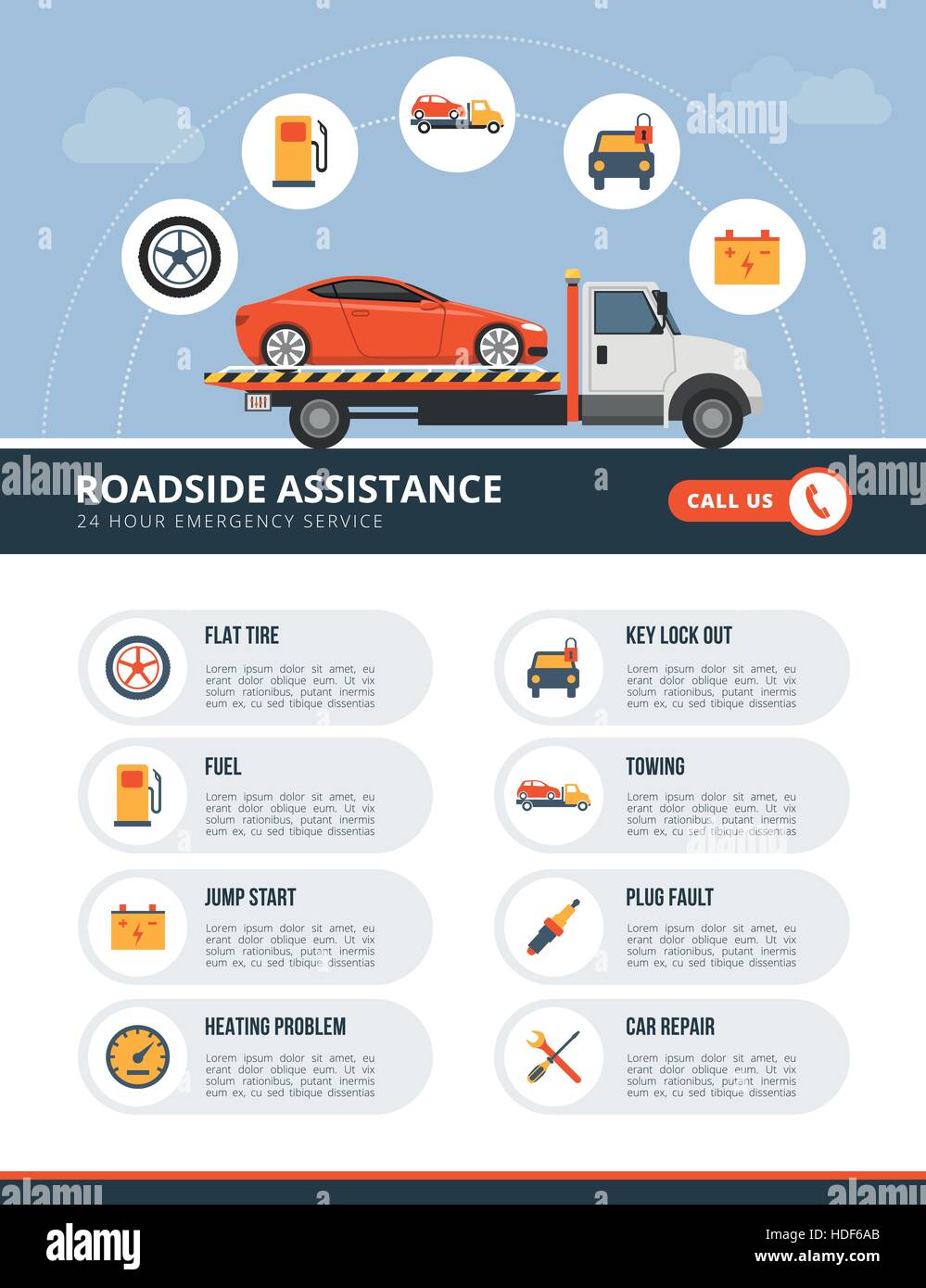When you're behind the wheel, those beautiful warning lights on your control panel can be a bit complicated. Do you know what they're trying to inform you about your car's health? Understanding the relevance of these lights is important for your security and the durability of your vehicle. So, the following time one of those lights turns up, would not you intend to analyze its message accurately and take the required actions to address it?
Common Warning Lights and Interpretations
Determine usual caution lights in your car and recognize their meanings to make sure secure driving.
The most typical warning lights include the check engine light, which signifies issues with the engine or exhausts system. If this light begins, it's critical to have your car examined promptly.
The oil stress cautioning light shows low oil pressure, requiring instant attention to avoid engine damages.
A flashing battery light may recommend a damaged billing system, possibly leaving you stranded otherwise addressed.
The tire stress surveillance system (TPMS) light informs you to reduced tire pressure, influencing car stability and fuel effectiveness. Neglecting this could lead to harmful driving problems.
The abdominal light shows a problem with the anti-lock stopping system, compromising your capability to quit swiftly in emergency situations.
Last but not least, the coolant temperature level warning light warns of engine getting too hot, which can lead to extreme damage otherwise resolved promptly.
Recognizing these typical caution lights will aid you address problems quickly and preserve safe driving problems.
Relevance of Prompt Focus
Recognizing the usual caution lights in your vehicle is just the first step; the importance of promptly addressing these cautions can't be stressed sufficient to guarantee your safety and security on the road.
When a caution light brightens on your control panel, it's your cars and truck's method of interacting a possible issue that needs interest. Overlooking these warnings can bring about a lot more serious issues in the future, jeopardizing your safety and security and potentially costing you much more in repairs.
Motivate attention to warning lights can prevent malfunctions and mishaps. For example, a flashing check engine light can show a misfire that, if left neglected, might trigger damages to the catalytic converter. Resolving this promptly can conserve you from a costly fixing.
Similarly, a brake system alerting light may signal reduced brake liquid or used brake pads, critical components for your security when driving.
DIY Troubleshooting Tips
If you observe a caution light on your dashboard, there are a couple of do it yourself fixing suggestions you can attempt before looking for professional aid.
The first step is to consult your auto's handbook to recognize what the certain caution light shows. In some cases the concern can be as basic as a loose gas cap setting off the check engine light. Tightening up the gas cap might settle the issue.
car coating is a low battery, which can activate numerous warning lights. Checking the battery connections for rust and guaranteeing they're safe might repair the issue.
If a warning light continues, you can try resetting it by detaching the auto's battery for a few minutes and then reconnecting it. In auto car wash , inspecting your vehicle's liquid levels, such as oil, coolant, and brake liquid, can assist fix warning lights connected to these systems.
Verdict
In conclusion, comprehending your vehicle's warning lights is necessary for keeping your car running smoothly and safely. By without delay attending to these informs and recognizing what they indicate, you can stay clear of pricey fixings and possible breakdowns.
Bear in mind to consult your vehicle's guidebook for particular details on each warning light and take action as necessary to ensure a hassle-free driving experience.
Keep informed, stay secure when driving!
